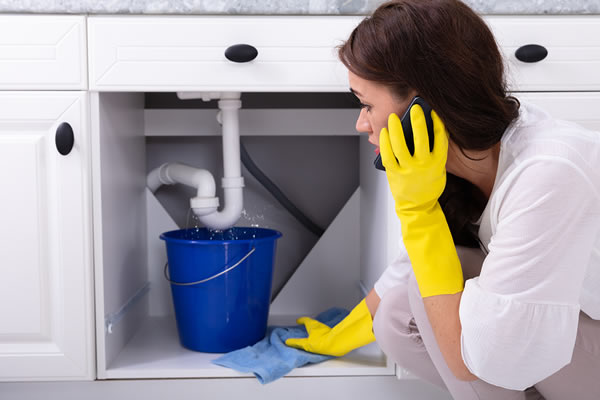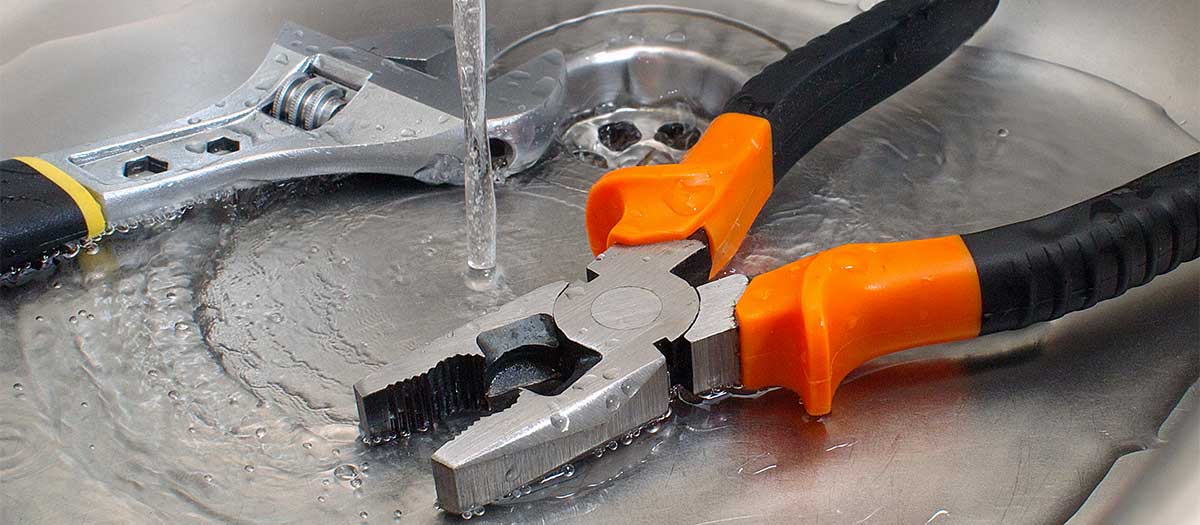Spot Hidden Water Line Leaks: 6 Clever Detection Tricks
Spot Hidden Water Line Leaks: 6 Clever Detection Tricks
Blog Article
The content down below involving Finding hidden leaks is quite stimulating. You should take a look.

Early detection of leaking water lines can reduce a prospective disaster. Some little water leaks might not be noticeable.
1. Take A Look At the Water Meter
Every home has a water meter. Examining it is a surefire manner in which aids you uncover leakages. For starters, switch off all the water resources. Guarantee no person will certainly flush, make use of the faucet, shower, run the washing device or dishwashing machine. From there, most likely to the meter as well as watch if it will certainly transform. Since no one is using it, there need to be no activities. If it relocates, that suggests a fast-moving leak. If you discover no modifications, wait a hr or 2 and inspect back once again. This implies you might have a sluggish leak that might also be underground.
2. Examine Water Usage
Examine your water costs and track your water consumption. As the one paying it, you need to observe if there are any kind of inconsistencies. If you identify sudden changes, despite your intake being the same, it means that you have leaks in your plumbing system. Keep in mind, your water costs need to fall under the exact same range every month. A sudden spike in your expense shows a fast-moving leak.
A steady boost every month, even with the exact same habits, shows you have a slow leak that's additionally gradually escalating. Call a plumber to extensively check your residential property, particularly if you feel a warm area on your floor with piping beneath.
3. Do a Food Coloring Examination
When it comes to water usage, 30% comes from toilets. If the color somehow infiltrates your dish throughout that time without flushing, there's a leakage in between the storage tank and also bowl.
4. Asses Exterior Lines
Don't forget to examine your outdoor water lines too. Test spigots by connecting a garden tube. Ought to water seep out of the connection, you have a loosened rubber gasket. Change this and also ensure all connections are limited. If you have actually obtained a sprinkler system, it will aid get it professionally checked out and preserved yearly. One tiny leakage can squander tons of water and increase your water expense.
5. Assess the situation and evaluate
House owners must make it a routine to inspect under the sink counters and even inside closets for any kind of bad odor or mold and mildew growth. These 2 red flags indicate a leakage so timely attention is called for. Doing regular assessments, also bi-annually, can conserve you from a significant issue.
If you recognize your home is already old, maintain a watchful eye on your heating units, tubes, pipes etc. Look for stainings and also weakening as a lot of pipelines and also appliances have a life span. They will also normally wear away due to wear and tear. Do not wait for it to intensify if you think leaking water lines in your plumbing system. Call an expert plumber today so you don't wind up with a dreadful mess in your home.
Early discovery of leaking water lines can reduce a potential catastrophe. Some tiny water leakages may not be noticeable. Examining it is a guaranteed means that aids you discover leaks. One little leakage can waste bunches of water as well as increase your water costs.
If you believe dripping water lines in your plumbing system, don't wait for it to escalate.
How to Know If Your Home Has a Hidden Leak
Water Meter Reveals Inexplicable Water Usage
If you’d like to test whether or not there’s a leak somewhere in your home, you can do this using your water meter. Here is how to conduct the test:
Don’t use any water in your home for at least 30 minutes; this also means not turning on faucets or water-using appliances.
Go outside, and check your water meter for activity.
If your water meter shows that there was activity, even though no one was using any water, this proves that there is a leak in your home.Visible Mold or Mildew Growth
Leaks behind walls create moist, dark environments that allow mold and mildew to grow and thrive. Eventually, you might see mold growth forming on the wall closest to a hidden leak.
If mold is growing in an area that receives a high amount of moisture, such as a bathroom, it may simply be an indication that better ventilation is needed. However, if you see mold growth on a wall or the ceiling in an area where you would not expect, you probably have a hidden leak.
Musty, Mildew Odor
Sometimes you might not be able to see the mold or mildew that is growing as a result of a leak. However, the smell can give the problem away just as easily. If you catch a whiff of something musty, there’s a good chance that old water is collecting somewhere in your home that you can’t see.
Stained/Warped Walls, Ceilings, or Floors
When your home soaks up water, a variety of red flags can become visible, including ceiling stains, bubbling drywall, warped walls, and sagging floors. While these issues can be caused by excess humidity, they can also be signs that a pipe or plumbing connection has started leaking behind your walls.
Inexplicably High Water Bill
After a while, you get a general sense for what your water bill should be. If you own a pool or sprinkler system, your bill will tend to be higher during summer. However, if you receive a water bill that seems especially high, and you can’t figure out what caused it, then you may have a hidden leak somewhere that’s increasing your bill.
https://www.plumbingjoint.com/blog/2019/july/how-to-know-if-your-home-has-a-hidden-leak/

I was introduced to that editorial about Leaking water lines from a good friend on a different blog. Enjoyed our posting? Please share it. Help somebody else find it. Bless you for your time. Please check our site back soon.
Order Repair Report this page